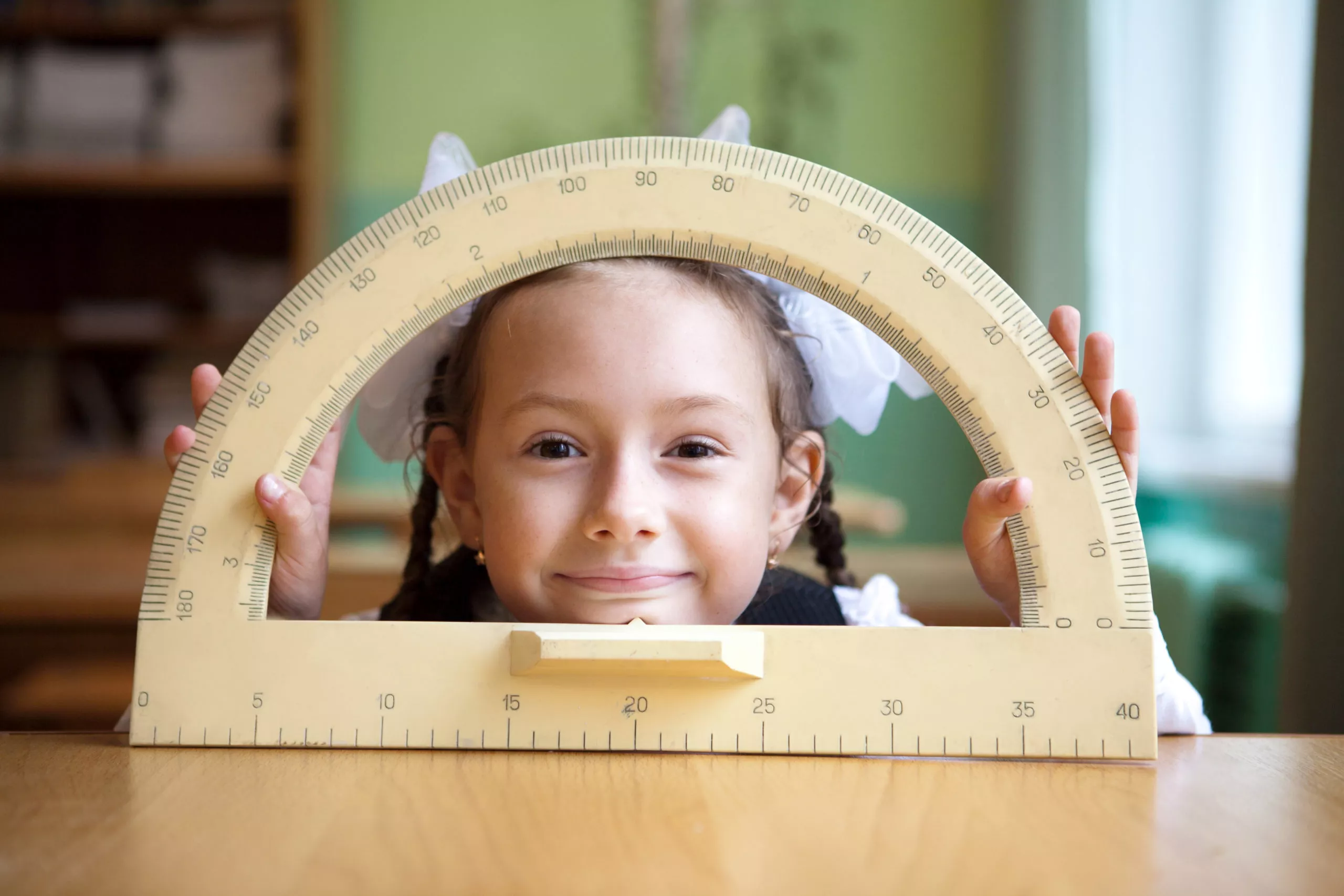Our new expert Q&A series invites you to sit in on conversations with myopia experts who are sharing their insights to help parents like you make the best decisions for their kids’ vision health.
Today, we’re talking to Dr. Roxanne Coan, an Optometrist at Coan Eye Care in Florida. If you missed part one of our conversation with Dr. Coan, you can read it here.
In this conversation, Dr. Coan explains when to think about myopia control, she shares information on treatment options, treatment length, and provides tips for what you can do to help with your child’s myopia at home.
When should parents start to think about myopia control for their children?
The earlier the better. Because of the lower prescription, it’s better for activities, your child is going to feel better about themselves. If you do contact lenses, the self-esteem is there. You’ll have better acceptance among your friends, ability to play sports. Again, the sooner you’re controlling that myopia, you’ll also be a better candidate for LASIK. So, patients like me who had higher prescriptions, I’m not a great candidate for LASIK. If it was available at the time, and my prescription was lower, I probably would have done it, but I haven’t for that reason. High myopia can also impact certain occupational choices—emergency services personnel, military recruits. Those are things that will deter you from certain occupations.
Take home points:
- When it’s time to think about myopia control, the earlier the better.
- A lower prescription is better for activities, self-esteem, and playing sports.
- A lower prescription could also mean your child might be a better candidate for LASIK, when their vision stabilizes.
What are the different treatment options for myopia control for children?
So, the different treatment options for myopia control for children:
- One, there’s Orthokeratology, which is reshaping, so you put a lens on, your child will wear it at nighttime, it reshapes your eye while they sleep during rapid eye movement.
- The second one is also with multifocal contact lenses. The lens that is approved in the US right now is called the MiSight lens.
- Topical eye drops are currently being studied to slow the progression of myopia but are not FDA approved for this indication. Dr. Coan utilized these investigational eye drops because she finds that kids and parents have an easy time putting them in.
- The other options that you can do at home are spending time outdoors. They found outdoor light exposure, reduced myopia by 50%, and it also reduced the progression and refractive error by 32% and the lighting of the eye by 25%. But this study was done on the Asian population. They found that if you spend more time outdoors with the bright light, you will stimulate something called dopamine which will reduce eye growth overall.
- Also watching the distance. We use something where you want to have your child go about arm’s length here from my elbow to my hand, you want to have them read about that far away versus having something up close. So, it’s also maintaining that great reading distance. And there’s a 20/20 rule that we all should know. You want to take a break every 20 minutes and look 20 feet away for 20 seconds. Taking that break is also key.
Take home points:
- There are different treatment options for myopia control for children.
- Spend time outdoors and watch the distance of device and reading distance.
How long does myopia control take? What is the length of the process?
With myopia control, I would recommend to my patients that you do this until you’re about 18 years old. That’s when most patients will stop growing, especially girls. But for the boys, they may go on until about 20 years old. So, we know from data that 25% of patients over the age of 18 to about 27, they can still become myopic, and we’re not sure as to why. I tell parents with this data, you can make a smart decision as to what you may want to do.
Take home points:
- Usually, myopia control continues to about 18-20 years of age, but it depends on each individual child.
What can I do as a parent at home to help with myopia at home?
To help with myopia at home, I would highly encourage reducing screen time.1 I know right now, with COVID, everything is on the screen. So, try to limit it about at least maybe not more than an hour or two a day. Encourage your kids to go outside and do activities, even if they go for a walk. We talked about going outdoors has a therapeutic effect, at least one to two hours a day and bright light will have a therapeutic effect.2 So, reducing screen time, outdoor activity.
Take home points
- Try to limit screen time to an hour or two a day.
- Encourage your kids to go outside. [Read: Creative ways to get your child to spend more time outside]
In part one of our conversation with Dr. Coan, she explains why children develop myopia, how and why she’s seeing more myopia in her younger patients, and the purpose and benefits of myopia management. Part one is very helpful if you just learned your child may be nearsighted (has myopia).
Read Part One
Tags: myopia, myopia management specialty, optometrist
